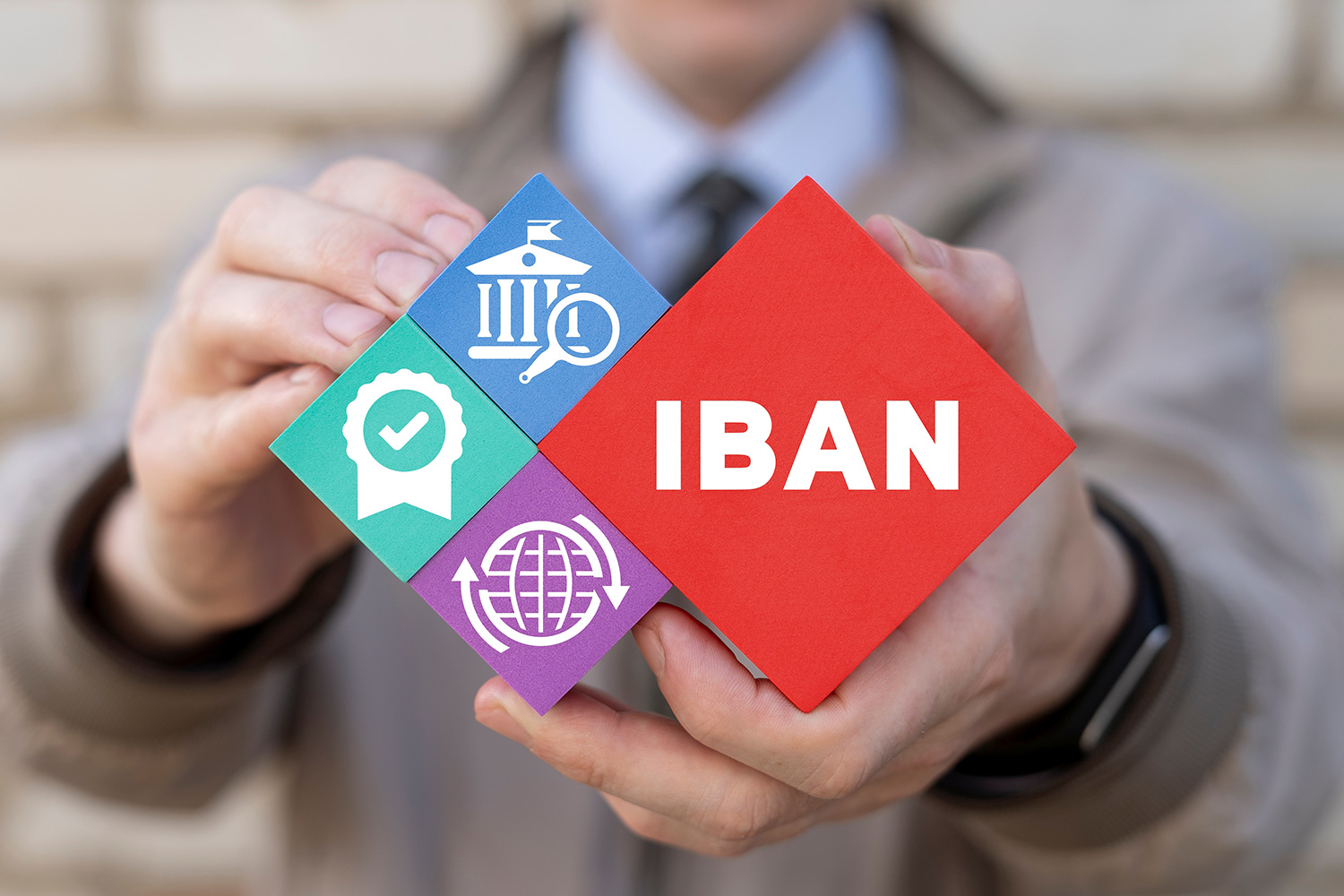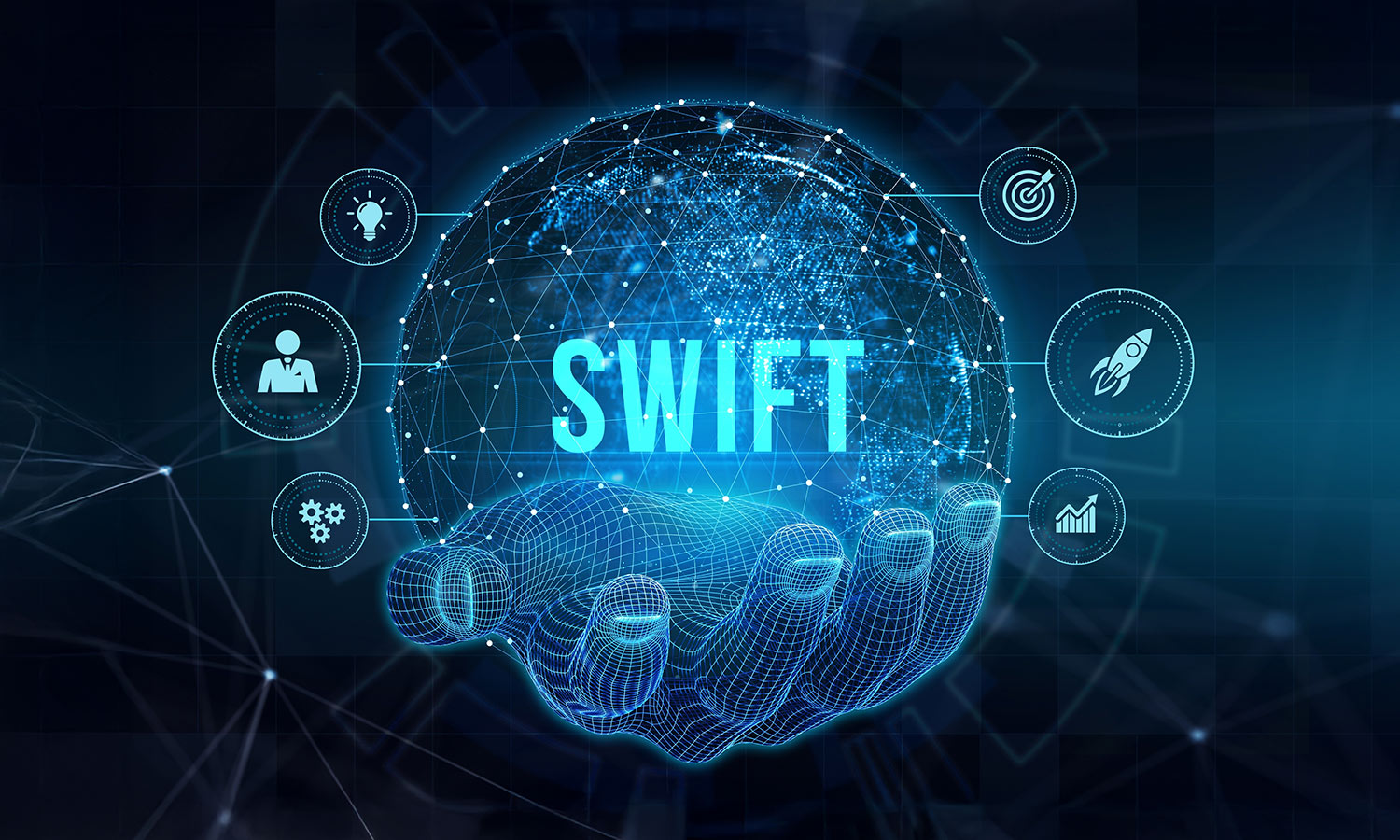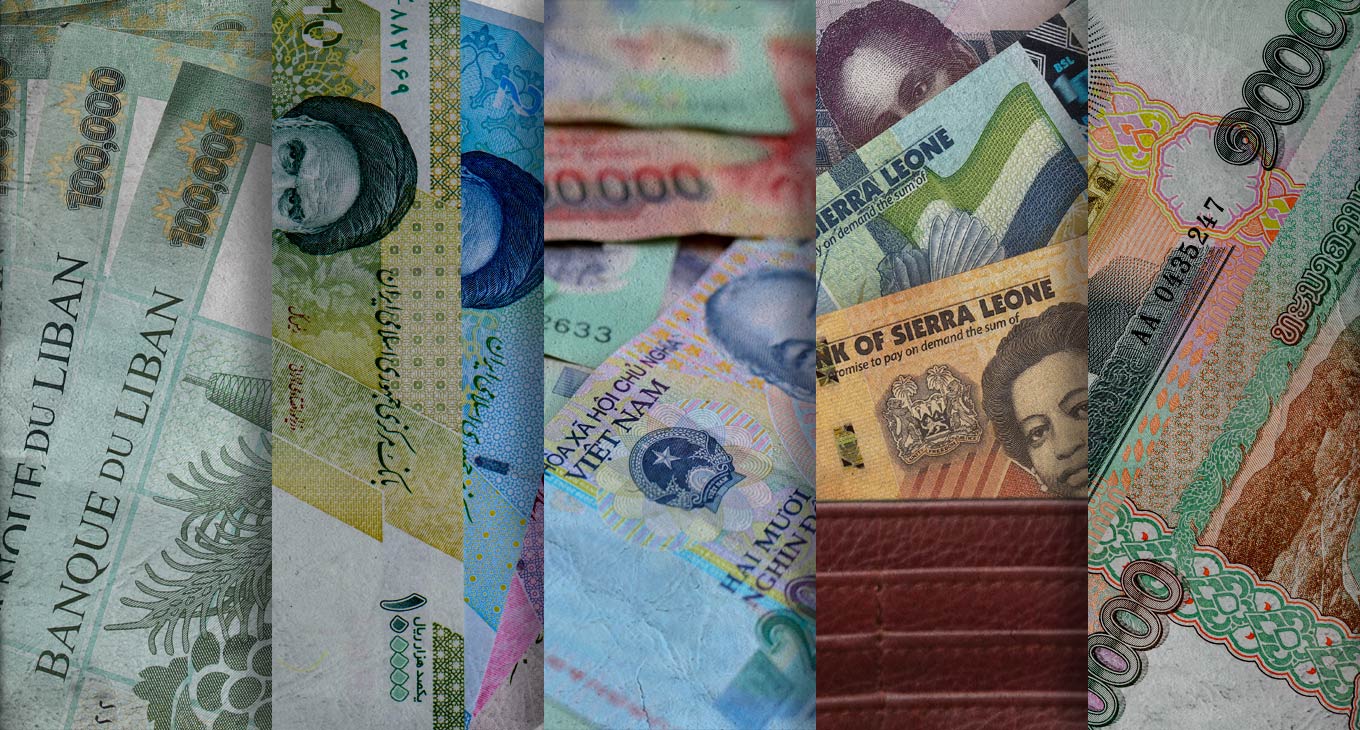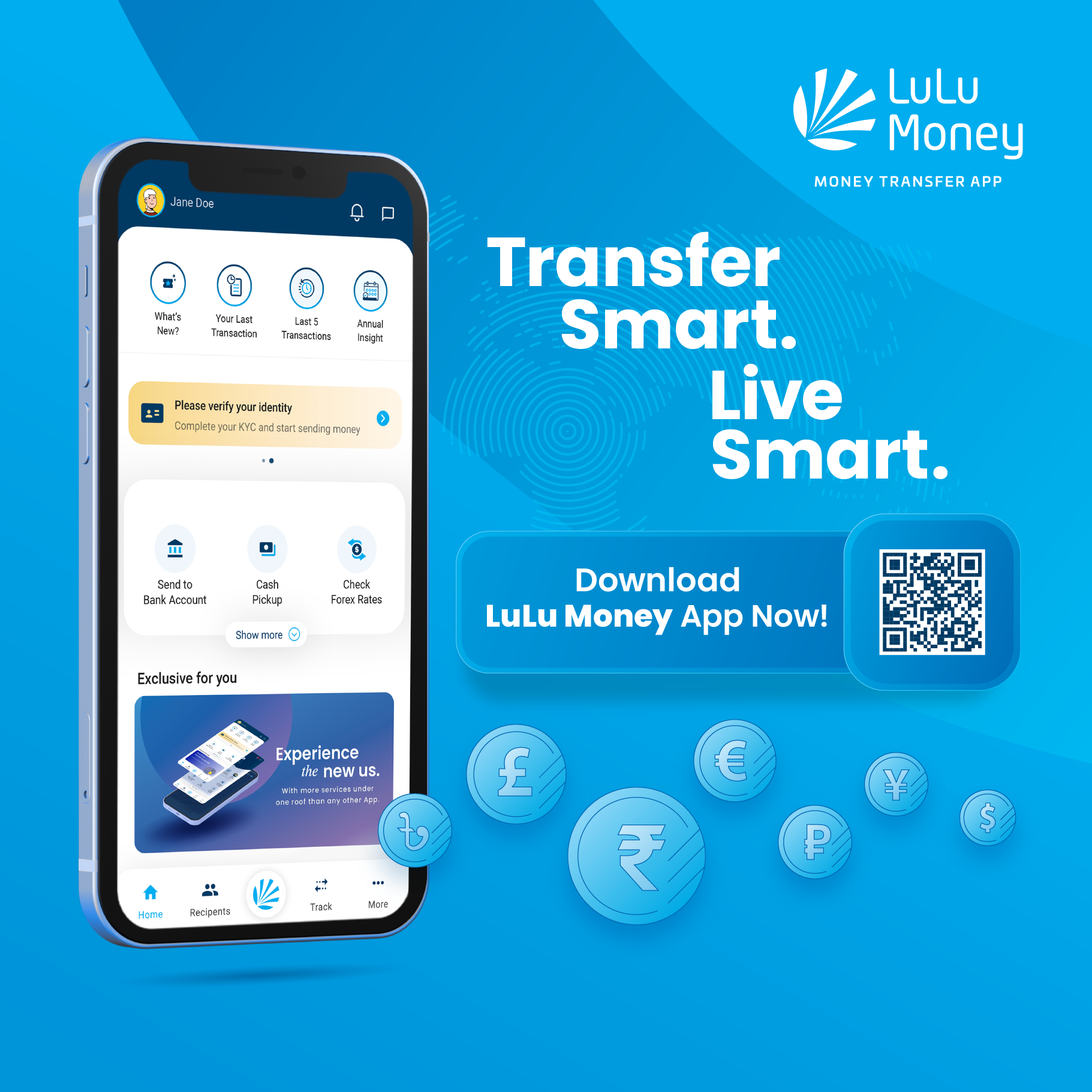

Disclaimer: The following article is intended for educational purposes. LuLu Exchange does not currently offer Web3 or blockchain-based products or advice.
The emergence of Web3 is revolutionizing how people manage everyday transactions, and bill payments are no exception. By leveraging blockchain technology and cryptocurrencies, Web3 bill payment systems aim to transform traditional payment processes, offering a more efficient, transparent, and automated approach. Through decentralized networks, these systems reduce costs, enhance security, and accelerate the speed of transactions, creating a seamless experience for both consumers and service providers.
How Web3 Bill Payments Work
Web3 bill payments operate on the foundational principles of blockchain technology, enabling users to settle recurring expenses and subscriptions using cryptocurrencies or stablecoins. The process begins when users connect their Web3 wallet to a payment platform designed for blockchain transactions. Once linked, they select the bill they wish to pay and choose a cryptocurrency for the transaction.
Smart contracts play a pivotal role in this ecosystem. These self-executing programs automate the payment process, ensuring that transactions occur at the specified time without manual intervention. Payments are processed on the blockchain, and the service provider receives funds in their preferred currency, often with automatic conversion from cryptocurrency to fiat if needed.
Every transaction is recorded immutably on the blockchain, providing a transparent and auditable record. This level of accountability not only enhances trust but also simplifies reconciliation for businesses, making Web3 bill payments a robust alternative to traditional methods.
Platforms Driving Web3 Bill Payments
Several innovative platforms are at the forefront of Web3 bill payment solutions, making blockchain-based transactions accessible and efficient. Request Network stands out for its ability to facilitate crypto invoicing and recurring payments for businesses, offering detailed tracking capabilities. Bitrefill has become a go-to platform for users looking to pay bills or top up mobile phones using cryptocurrencies, with support for a wide range of global service providers. NOWPayments takes a comprehensive approach, allowing businesses to accept cryptocurrency payments for goods and services while supporting subscription-based models.
These platforms highlight the diverse applications of Web3 in everyday financial activities, paving the way for widespread adoption.
Key Features Redefining Bill Payments
Web3 bill payment systems bring a host of features that distinguish them from conventional payment methods. Users can settle bills and subscriptions using cryptocurrencies, enjoying the benefits of reduced fees and faster processing times. Smart contracts automate recurring payments, minimizing the need for manual effort and ensuring timely transactions.
Integration with traditional billing systems makes Web3 platforms adaptable to existing infrastructure, while blockchain technology enhances privacy and security. Cross-border payments are another standout feature, as users can pay bills globally without incurring the high fees typically associated with international banking transactions.
The Benefits of Blockchain-Powered Payments
Web3 bill payments provide significant advantages to both consumers and businesses, redefining financial inclusivity and efficiency. For consumers, the lower transaction fees compared to traditional payment methods translate into cost savings, especially for frequent or recurring expenses. The speed of blockchain transactions ensures that payments are settled quickly, a critical benefit for time-sensitive payments, particularly international ones.
Web3 systems also foster financial inclusion by enabling unbanked individuals to access services and make payments using cryptocurrencies. For businesses, automated accounting and reconciliation become achievable thanks to blockchain's immutable records. Additionally, the concept of programmable money introduces new possibilities for automating complex transactions, such as conditional payments or tiered billing structures.
Challenges in the Path of Web3 Bill Payments
Despite the promise of Web3 bill payment systems, certain challenges must be addressed to achieve broader adoption. Cryptocurrency volatility remains a concern, as fluctuating values can impact payment amounts and complicate financial planning. Regulatory compliance varies widely across jurisdictions, adding layers of complexity for platforms operating in multiple regions.
Integrating Web3 platforms with traditional billing systems requires significant effort, and user education remains a critical barrier, as many individuals are unfamiliar with blockchain technology. Businesses accepting cryptocurrencies may also face exchange rate risks, particularly when converting funds between digital and fiat currencies. Addressing these challenges will be essential to unlocking the full potential of Web3 bill payments.
The Future of Web3 Bill Payment Systems
As Web3 payment platforms continue to evolve, they are expected to achieve greater integration with traditional financial systems. This seamless connection will bridge the gap between blockchain technology and conventional infrastructure, making Web3 payments more accessible to a mainstream audience. The adoption of stablecoins will further mitigate concerns over volatility, offering users a stable and reliable payment option.
Advanced automation features powered by smart contracts will streamline the bill payment process, enabling even greater efficiency and customization. With these advancements, Web3 bill payment systems hold the potential to transform the global payments ecosystem, delivering reduced fees, faster transactions, and enhanced security to consumers and businesses alike.
Web3 is not just an innovation; it is a reimagining of how financial interactions occur in a digital- first world. By addressing current challenges and building on its strengths, Web3 bill payment systems are poised to become a cornerstone of the next-generation financial landscape.
Popular BLOG

November 12, 2025
Why Does the US Dollar Hold the Key to Global Exchange Rates?

October 31, 2025
Best Time to Send Money From UAE to India

October 10, 2025
How to Identify Fake Money Transfer Scams

September 25, 2025
The Ripple Effect: When Everyday Choices Echo Far & Wide

October 6, 2025
WPS in UAE: Everything Employers and Employees Should Know

September 19, 2025
How AI Will Impact Money Transfer in the Future

September 10, 2025
What is IBAN Number? How to Find & Use IBAN

September 2, 2025
What Is a SWIFT Code and Why Do You Need It?

August 25, 2025
World Currency Symbols, Explore All Country Currency Symbols

August 7, 2025

